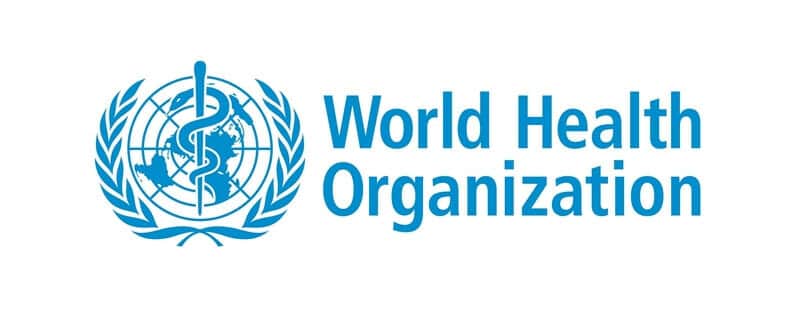

Safe and readily available water is important for public health, whether it is used for drinking, domestic use, food production or recreational purposes. Improved water supply and sanitation, and better management of water resources, […]
Full article: Drinking-water
How a Yemen Water Plant Helped Cut Cholera by 92 Percent
2018 California Safe Drinking Water Data Challenge
Report finds toxins in dozens of public water systems across the USA
Study: Public water supply unsafe for millions of Americans
North metro Denver groundwater contaminated with PFCs flows to 50,000 residents
Clean water is essential for life, yet millions of Americans unknowingly consume contaminants through their…
Human brains contain higher concentrations of microplastics than other organs, according to a new study, and the…
From the Office of the Governor: In anticipation of a multi-day, significant atmospheric river in Northern California,…
From Governor Newsom: Scientists, water managers, state leaders, and experts throughout the state are calling…
Photo: A harmful algal bloom in Milford Lake, Kansas, made the water appear bright green.…
An expanded plastic foam coffee cup is at a donut shop in Monterey Park, California.…